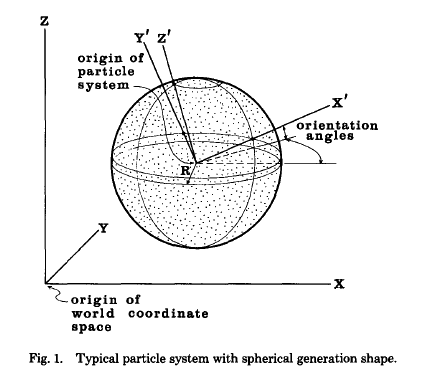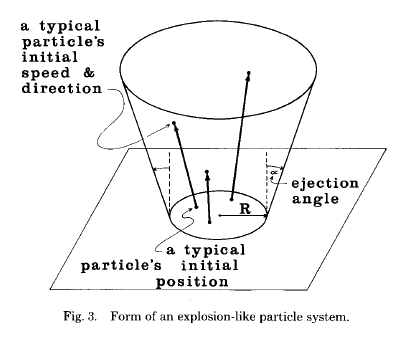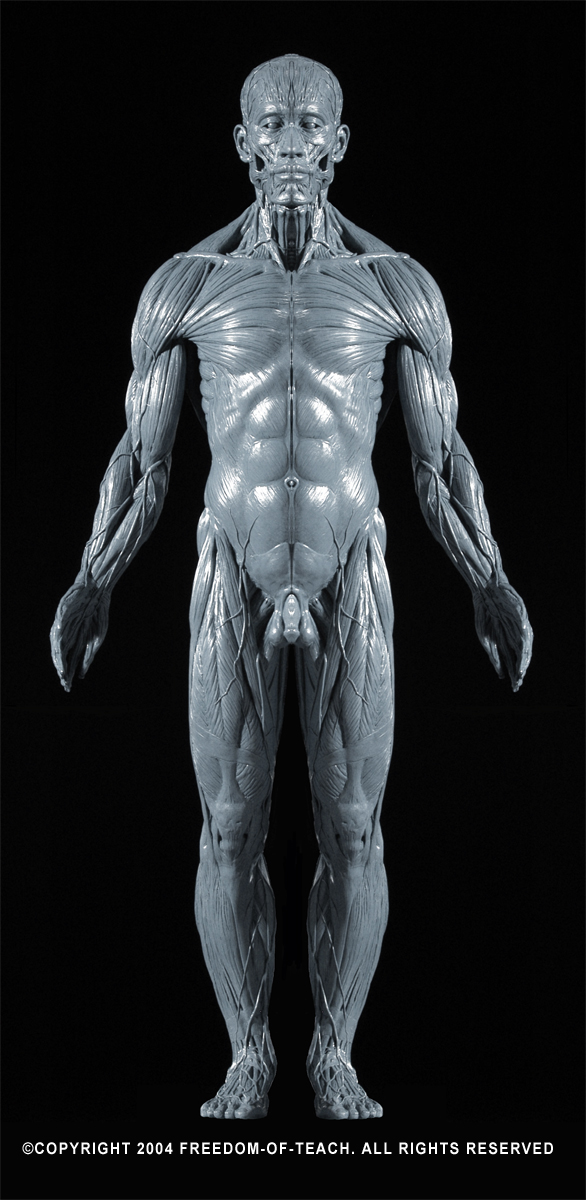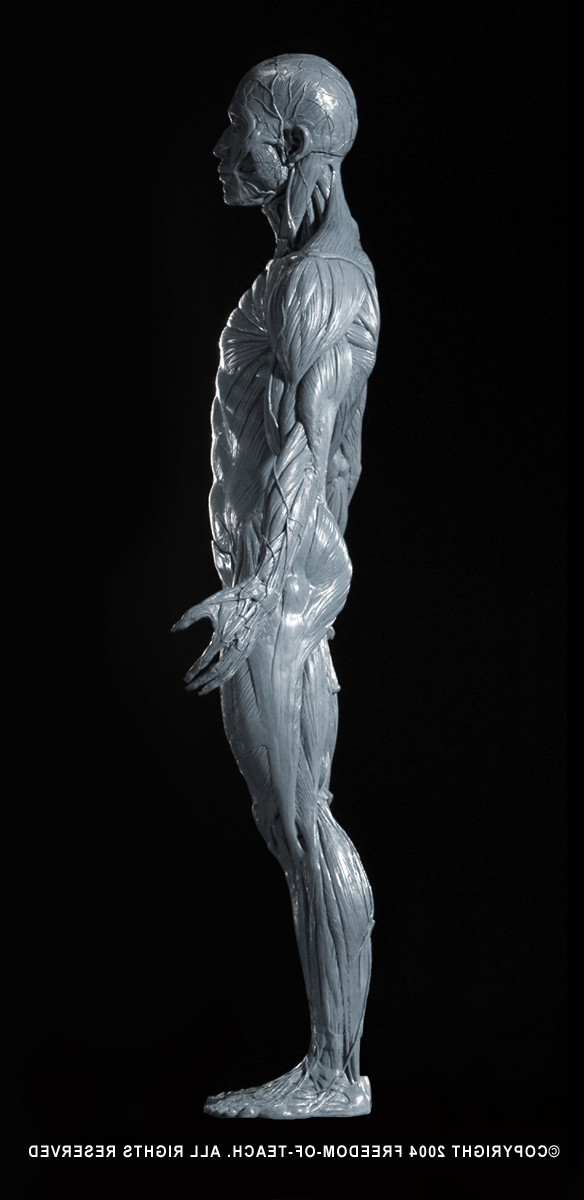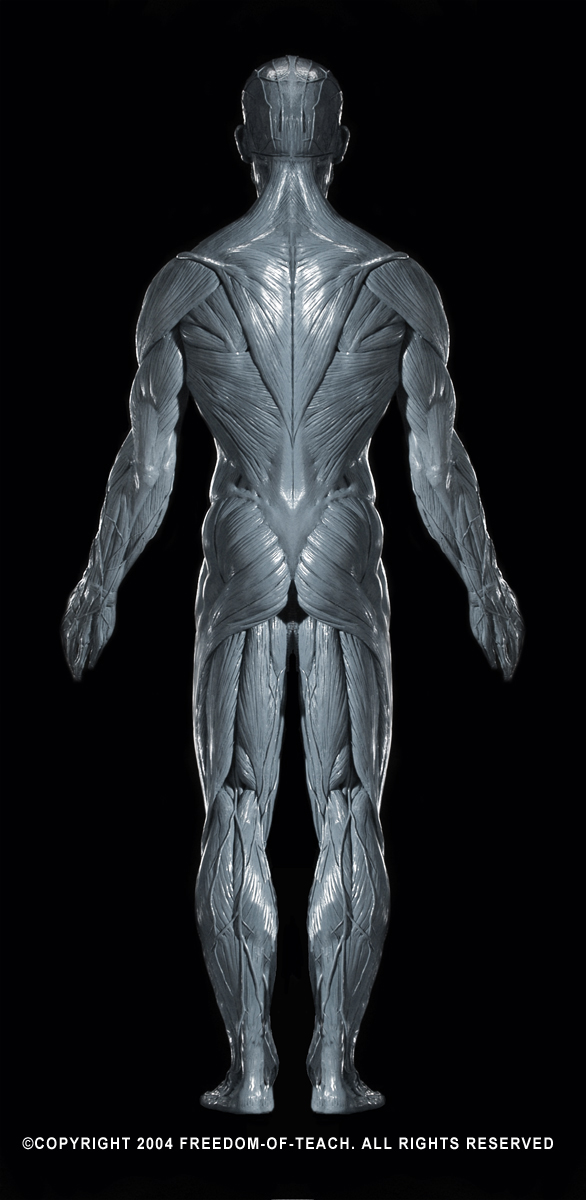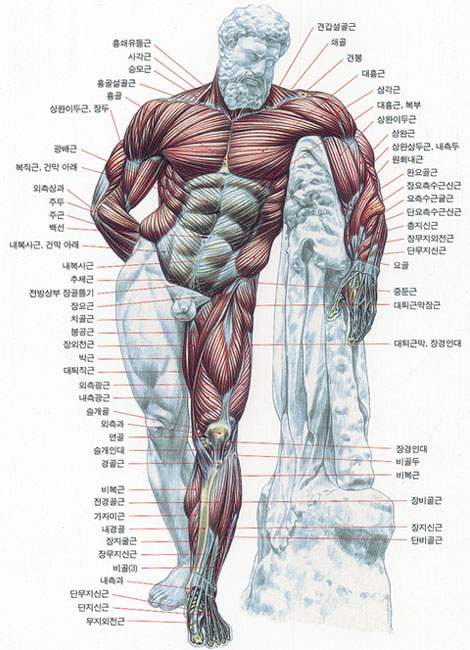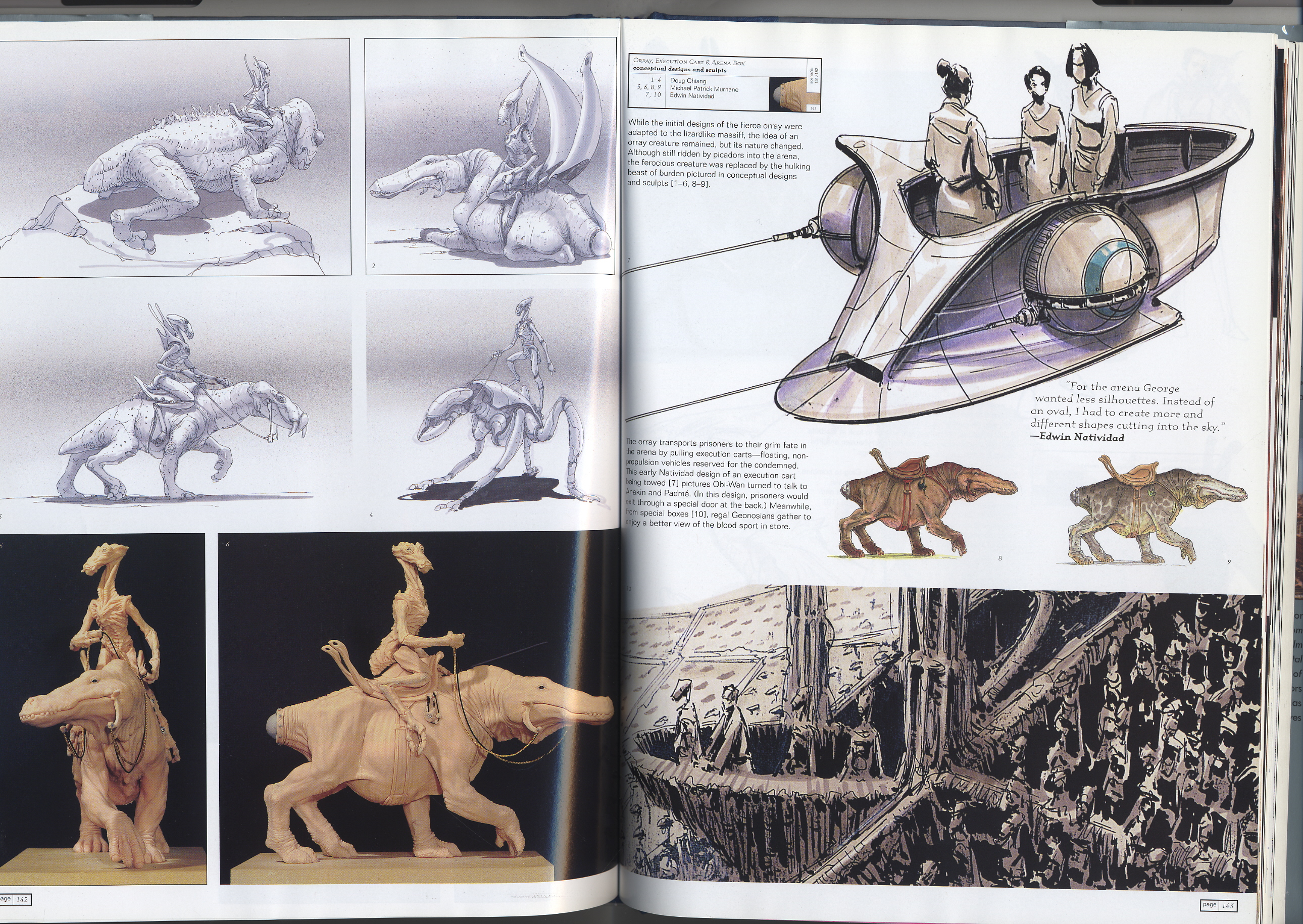Jonathan T. Moon & Stephen R. Marschner
<
Simulating Multiple Scattering in Hair Using a Photon Mapping Approach>
Program of Computer Graphics, Cornell University
Appears in ACM Transactions on Graphics 25:3
Proceedings of SIGGRAPH 2006
> summary:
keywords:
The types of non-uniformities that can cause
scattering, sometimes known as
scatterers or
scattering centers,
are too numerous to list, but a small sample includes particles,
bubbles, droplets, density fluctuations in fluids, defects in
crystalline solids, surface roughness, cells in organisms, and textile
fibers in clothing.
path tracingmultiple scatteringThe main difference between the effects of single and multiple
scattering is that single scattering can usually be treated as a random
phenomenon and multiple scattering is usually more deterministic.
(Single scattering is therefore often described by probability distributions. With multiple scattering, the randomness of the interaction tends to be
averaged out by the large number of scattering events, so that the
final path of the radiation appears to be a deterministic distribution
of intensity as the radiation is spread out.
The description of scattering and the distinction between single and multiple scattering are often highly involved with
wave-particle duality.)
forward scattering
http://en.wikipedia.org/wiki/Mie_theory Light Scattering Codes Library:
http://atol.ucsd.edu/scatlib
photon mapping Zack Waters'
introductionMonte Carlo methoddensity estimationdiffusion processray map
ray tracing2p
Isotropy (the opposite of anisotropy) is the property of being independent of direction. Isotropic radiation has the same intensity regardless of the direction of measurement, and an isotropic field exerts the same action regardless of how the test particle is oriented.
Albedo is the ratio of reflected to incident electromagnetic radiation. It is a unitless measure indicative of a surface's or body's diffuse reflectivity.
Azimuth is the horizontal component of a direction (compass direction), measured around the horizon, from the north toward the east (i.e., clockwise) in astronomy and geodesy and from the south toward the west (i.e., clockwise) in surveying. It is usually expressed in degrees.
Azimuth is also terms used in mining for a similar, but slightly different angle: azimuths and meridian angles are used to name any angle measured clockwise from any meridian.
3p
solid angle Ω, that an object
subtends
at a point is a measure of how big that object appears to an observer
at that point. For instance, a small object nearby could subtend the
same solid angle as a large object far away. The solid angle is
proportional to the
surface area,
S, of a projection of that object onto a
sphere centered at that point, divided by the square of the sphere's radius,
R. (Symbolically,
Ω = k S/R², where
k is the proportionality constant.) A solid angle is related to the surface area of a sphere in the same way an ordinary
angle is related to the
circumference of a
circle.
(the outgoing radiance) = (the scattering function) * (the incident light distribution)
fiber tangent
u(incident light) = (direct light) + (scattered light)
Monte Carlo integration is numerical quadrature using pseudorandom numbers. That is, Monte Carlo integration methods are algorithms for the approximate evaluation of definite integrals, usually multidimensional ones. The usual algorithms evaluate the integrand at a regular grid. Monte Carlo methods, however, randomly choose the points at which the integrand is evaluated.
The traditional Monte Carlo algorithm distributes the evaluation points uniformly over the integration region. Adaptive algorithms such as VEGAS and MISER use importance sampling and stratified sampling techniques to get a better result.

(Random sampling of the region may not uncover all the important features
of the function, resulting in an underestimate of the error.)
ref.
<A conceptual model of the dehydration of air due to freeze-drying
by optically thin, laminar cirrus rising slowly across the tropical
tropopause>
Eric J. Jensen, Leonhard Pfister, Andrew S. Ackerman, and Azadeh Tabazadeh
NASA Ames Research Center, Moffett Field, California
Owen B. Toon
University of Colorado, Laboratory for Atmospheric and Space Physics, Boulder, Colorado
Journal of Geophysical Research, Vol. 106, N0. D15, Pages 17,237-17252, August 16, 2001
http://pubs.giss.nasa.gov/abstracts/2001/Jensen_etal.htmlhttp://link.aps.org/abstract/PRA/v63/e052701

 invalid-file
invalid-file
